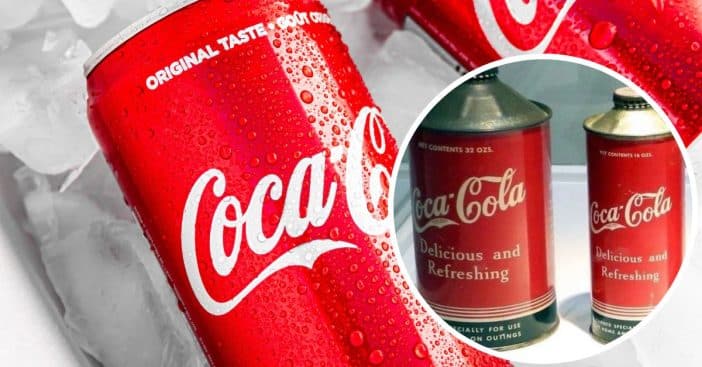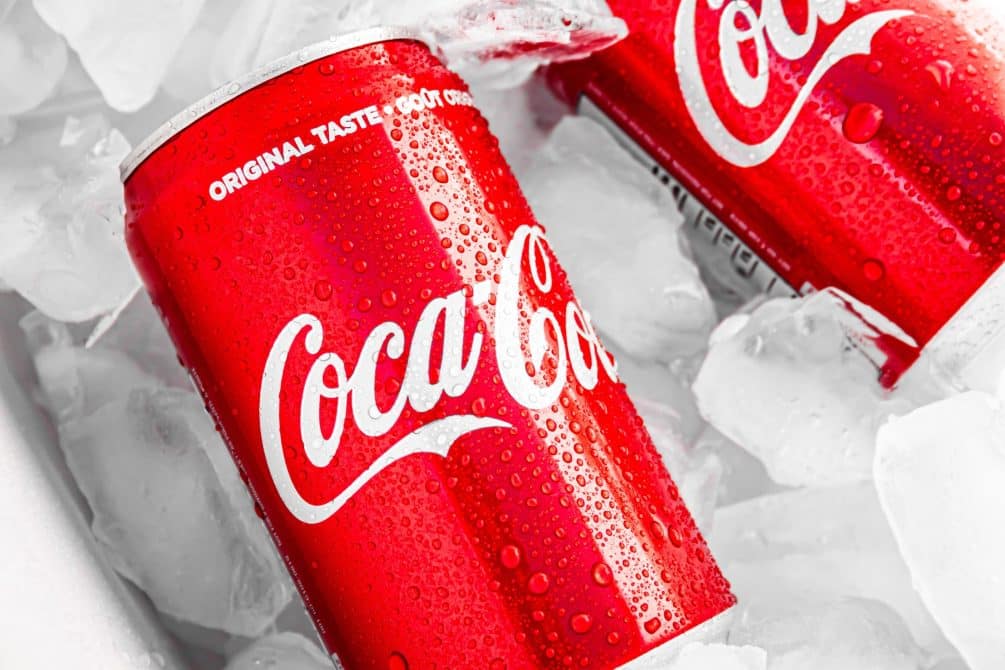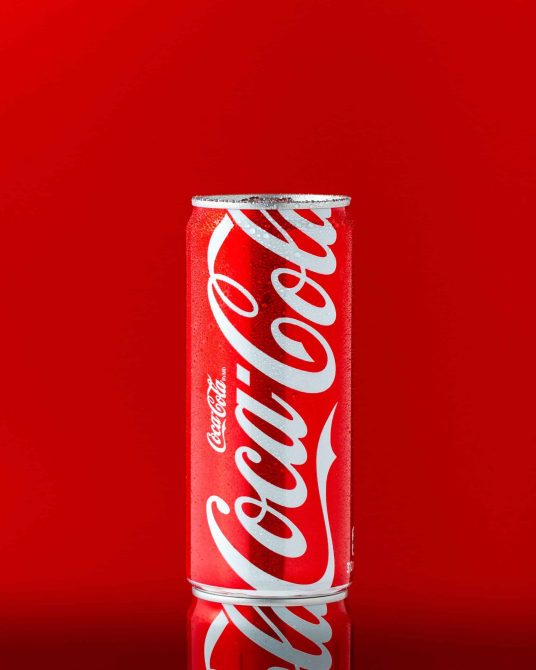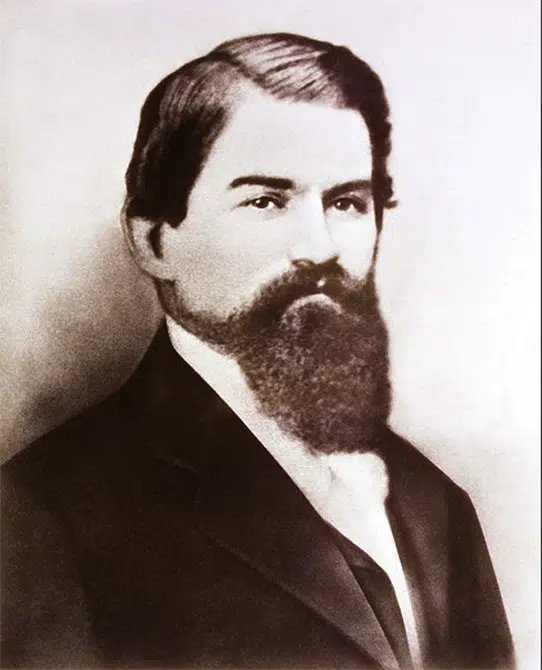
In 1886, Dr. John Stith Pemberton, a visionary pharmacist from Atlanta, embarked on a revolutionary journey by inventing a unique carbonated beverage. Coca-Cola commemorated its 137th anniversary in May this year, marking over a century of delightful refreshment and global influence.
Before Pemberton’s untimely demise in 1888 at the age of 57, Asa Candler acquired a stake in Coca-Cola. However, three enterprising individuals purchased bottling rights from Candler for a mere dollar and are credited with pioneering the innovative Coca-Cola bottling system. Their ingenuity guaranteed that people around the globe could relish the refreshing experience of an ice-cold Coke.
The evolution of Coca-cola bottles over the years

In 1906, a decade before the creation of the renowned “Contour Bottle” that has become an iconic symbol, Coca-Cola embarked on an endeavor to distinguish itself by introducing a diamond-shaped label. This distinctive labeling approach aimed to capture attention and set Coca-Cola apart from its competitors.
RELATED: Coca-Cola’s 1971 Hilltop Commercial Was Inspired By A Delayed Flight
In the ’50s, the shape of the Coca-Cola bottle underwent a significant transformation, ultimately culminating in the design we recognize today as the “Contour Bottle.” This distinctively curvaceous bottle shape emerged as a result of careful evolution. Its breakthrough was so momentous that the Contour Bottle graced the cover of TIME magazine in 1950, marking the first-ever product to achieve such recognition and solidifying Coca-Cola’s prominence in the market.
Recognizing the unique significance of the Contour Bottle, Coca-Cola took the step of trademarking its design in 1977—a rarity at that time, particularly for packaging. This move underscored the brand’s commitment to preserving the distinctiveness and identity of its iconic bottle.

In 1993, Coca-Cola made a significant environmental stride by transitioning to plastic bottles of PET (polyethylene terephthalate). The company’s dedication drove this shift to minimize its environmental impact while continuing to deliver its refreshing beverages to consumers worldwide.
The 1930s Coca-Cola cans bore a striking resemblance to cans used for paint thinner
View this post on Instagram
The concept of canning Coca-Cola first emerged in the 1930s, and efforts were made toward its realization. These innovations eventually led to the development of prototypes for a 16-ounce and a 32-ounce cone top can in 1936, which looked exactly like paint thinner cans.However, it appears that these specific cone-top designs did not progress beyond the sampling stage and were not produced on a larger scale.
The Creation of Coca-Cola Was In Response to Drug Addiction

Before he created Coca-Cola, Dr. Pemberton was part of the Georgia State Guard, a segment of the Confederate Army during the Civil War, and he suffered a sword wound to the chest during the Battle of Columbus. To ease his pain, he started taking morphine, but found himself addicted to it.
In 1866 he began exploring cures for this addiction, beginning with alternative painkillers. His final attempt was Pemberton’s French Wine Coca, which consisted of a combination of coca and coca wines, both of which contained cocaine. Legally he eventually had to come up with a non-alcoholic alternative to the drink and through trial and error arrived at the final formula that would evolve into the soda that we love today.
